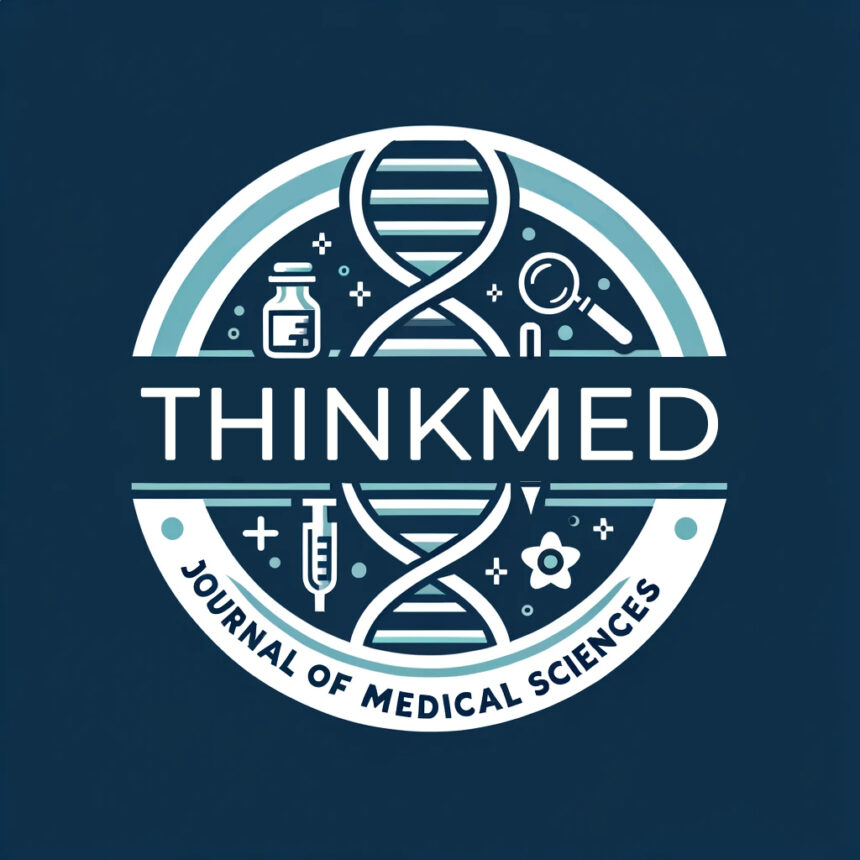Navigating the Labyrinth of Immune Deposits and Glomerular Injury
Author: DR VAIBHAV SINGH, KING George’s Medical University
1. Introduction: IgA nephropathy (IgAN), also known as Berger’s disease, reigns as the most prevalent glomerular disease worldwide. It’s a complex tapestry woven with immune dysregulation, aberrant IgA glycosylation, and glomerular injury. While the exact etiology remains elusive, unraveling the intricate threads of its pathogenesis is crucial for navigating the labyrinth of diagnosis, management, and prognostication.
2. Pathogenesis: A Dance of Dysregulated Immunity and IgA: The central protagonist in this drama is immunoglobulin A (IgA). In IgAN, aberrant glycosylation of IgA1 molecules transforms them from harmless warriors into mischievous villains. These modified IgA1 molecules exhibit enhanced affinity for the mesangial matrix, the delicate filtration unit within the glomerulus. This aberrant binding triggers a cascade of events, culminating in complement activation, neutrophil infiltration, and inflammatory cytokine release. The glomerulus becomes a battleground, scarred by mesangial proliferation, crescent formation, and eventual fibrosis, ultimately compromising its filtration function.
3. Clinical Manifestations: A Varied Palette: IgAN’s clinical presentation is as diverse as a painter’s palette. Some individuals remain asymptomatic for years, while others experience gross hematuria, often triggered by an upper respiratory tract infection. Persistent microscopic hematuria, proteinuria, and hypertension may also paint the clinical picture. In advanced stages, the insidious progression of glomerular injury can lead to chronic kidney disease and, ultimately, end-stage renal failure.
4. Diagnosis: Unveiling the Mask: Unmasking IgAN requires a multi-pronged approach. Urinalysis, revealing microscopic hematuria, serves as the initial clue. Serum IgA levels may be elevated, though this remains an unreliable marker. The gold standard for diagnosis rests upon renal biopsy, where immunofluorescence microscopy uncovers the telltale mesangial IgA deposits. Further investigations, like electron microscopy and genetic testing, may shed light on the extent of glomerular injury and potential contributing factors.
5. Management: Steering the Course: There’s no magic bullet for IgAN, but a constellation of strategies can steer the course towards favorable outcomes. Blood pressure control, through medications like angiotensin-converting enzyme inhibitors (ACEIs) or angiotensin II receptor blockers (ARBs), plays a pivotal role in mitigating glomerular injury. Supportive measures, like dietary protein restriction and management of associated conditions, further contribute to kidney preservation. In severe cases, immunosuppressants may be employed to quell the inflammatory storm raging in the glomeruli.
6. Prognosis: A Flickering Hope: While IgAN’s long-term prognosis can be unpredictable, a flicker of hope remains. Early diagnosis, prompt intervention, and meticulous management can significantly improve clinical outcomes. Studies suggest that around 70% of patients with IgAN maintain stable renal function for 20 years or longer. However, factors like extent of glomerular injury and response to therapy influence the individual’s trajectory.
7. Future Directions: Charting the Course: The quest for a definitive cure for IgAN continues. Research endeavors focus on understanding the intricate mechanisms of IgA glycosylation and identifying novel therapeutic targets. Trials exploring the efficacy of B-cell depleting therapies and targeted immunomodulatory agents hold promise for revolutionizing IgAN management. Additionally, personalized medicine approaches, taking into account individual genetic susceptibility, may pave the way for tailored treatment plans.
Conclusion: IgAN remains a complex and challenging disease, yet advancements in understanding its pathogenesis, diagnosis, and management have illuminated the path towards better outcomes. As we continue to unravel the mysteries of this intricate disease, the hope for a future where IgAN holds no fear but merely whispers in the background, steadily gains momentum.



